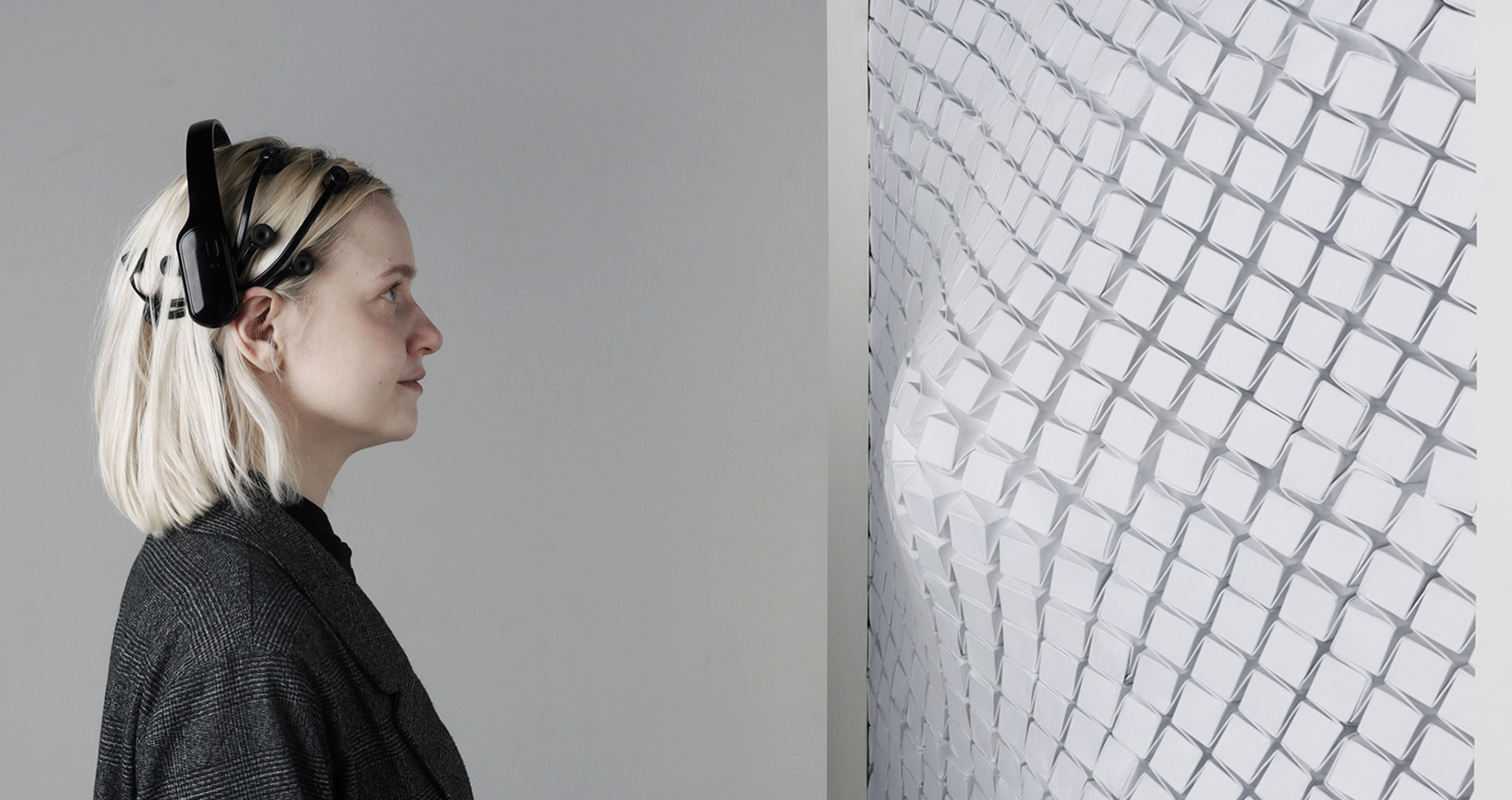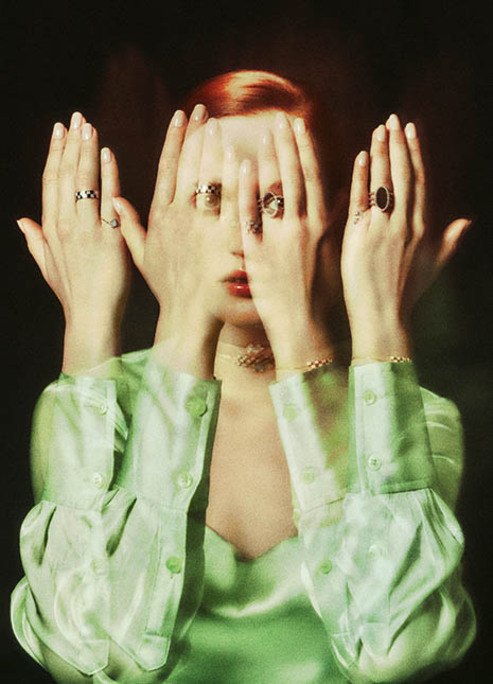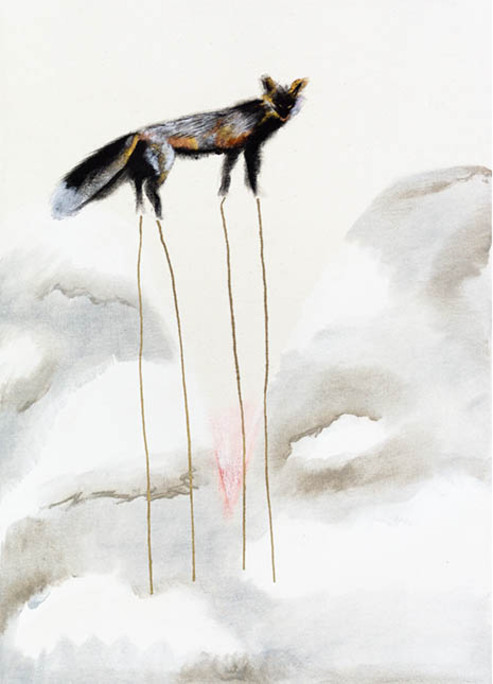
Behind the Scenes at Berlin Design Week: Crafting Creativity & Connections
The origins, vibes, and impact of a global design bash.
Ever wondered what makes Berlin Design Week such a vibrant hub of creativity and innovation? We sat down with Alexandra Klatt, the brains behind this dynamic event, to get the inside scoop on its origins, evolution, and impact. Get ready to dive into the world of design with us!
BERLIN DESIGN WEEk founder Alexandra Klatt
Alexandra, what inspired you to create Berlin Design Week, and how has the event evolved over the years?
I've been curating exhibitions, talks, conferences, and awards around diverse design topics since 2012. Berlin had many art, music, film, and theatre festivals, but design became a niche after DMY left the stage in 2016. With a group of designers from Berlin, we started organizing exhibitions like Refugium, Something from Nothing, Naked Objects, Design and Violence, Resolution, etc. BERLIN DESIGN WEEK ultimately grew out of this.
Could you share with us the vision behind the "DESIGN+SCIENCE" format and its significance in shaping the future of design?
Design is a medium that reacts very quickly to new trends and findings, making it the ideal channel for communicating new discoveries. Our multidisciplinary forum DESIGN + SCIENCE explores the connection between design and science in an exhibition and numerous talks, presentations, and workshops, highlighting their shared curiosity and innovative power. It is through the symbiotic collaboration between design, research, and technology that real progress and a sustainable future that meets the needs of society are created.
Collaboration seems to be a central theme of Berlin Design Week. How do you believe interdisciplinary collaboration enhances the impact of design?
Design alone cannot save the world. It needs the perspective of many and teamwork. Design makes exactly that visible in the end product. The multidisciplinary collaboration between design and science underscores this notion, demonstrating that addressing complex societal challenges requires a holistic approach.
The Peter-Behrens-Bau holds historical significance. How does its architecture reflect the ethos of Berlin Design Week?
The Peter-Behrens-Bau holds historical significance, embodying the essence of BERLIN DESIGN WEEK through its architectural legacy. The breathtaking design of the Bau reflects the zeitgeist of its era, showcasing the pioneering spirit of modernism championed by Peter Behrens. Beyond its architectural marvel, Behrens' influence extended into corporate identity and product design, shaping entire companies. Today, as we stand in awe of the Bau's innovation, we are reminded of the enduring spirit of progress that continues to inspire us as we shape the future of design.
Can you highlight a few standout projects or exhibitions from previous editions of Berlin Design Week that exemplify its mission?
It's hard to single out just one project from the multitude showcased at our festival. What truly sets BERLIN DESIGN WEEK apart is the convergence of the international and local networks. Berlin's vibrant ecosystem, comprising startups, scientific hubs, design universities, and creative minds, fosters a dynamic exchange of ideas. It's this diverse blend of experimental works and innovations from industry leaders that defines the essence of our event. However, if I were to highlight one exhibition this year, it would be NEXT, a collaboration with EUNIC Berlin and Staatliche Museen zu Berlin. This platform allows us to shine a spotlight on the exceptional talent and remarkable projects of young designers, underscoring our commitment to nurturing the next generation of creatives.
With 30 flagship projects from 11 countries, Berlin Design Week is truly international. How do you select and curate these projects?
Those 30 projects from 11 countries are only in the exhibition NEXT; our festival as a whole showcases many more projects in various exhibitions, talks, presentations, multimedia experiences and more from more than 100 designers and visionaries.
We try to make BERLIN DESIGN WEEK a cohesive experience, which is why we come up with a theme each year. We are open to designers, studios, agencies, companies, universities, and research institutions worldwide. Sometimes, we connect them in talks or showrooms to create meaningful synergies. Ultimately, we are about change and sustainability, skills, new techniques, and materials.
The "DESIGN POOL" offers visitors the opportunity to purchase design pieces. How do you see this marketplace contributing to the overall experience of the event?
Our DESIGN POOL is a showroom for owner-managed design companies producing small series. Here, too, you can discover new things and take them home with you simultaneously.
As a platform for young European designers, how does Berlin Design Week support emerging talent?
We don't exclusively spotlight young designers. BERLIN DESIGN WEEK celebrates designers of all ages, focusing on fostering the next generation. We provide a platform where experts and industry leaders mingle with emerging talent, offering invaluable opportunities for exchange and learning from each other. Additionally, initiatives like NEXT and university exhibitions are fantastic opportunities for young designers to showcase their work and connect with the broader design community.
Looking ahead, what are your aspirations for the future of Berlin Design Week, and how do you envision its continued impact on the design community?
I hope that BERLIN DESIGN WEEK and its design community will continue to grow together and inspire each other. Over the years, it has become an important exchange for the scene. At the same time, we look forward to welcoming visitors from outside the field who are curious to immerse themselves in the world of design and find inspiration.











